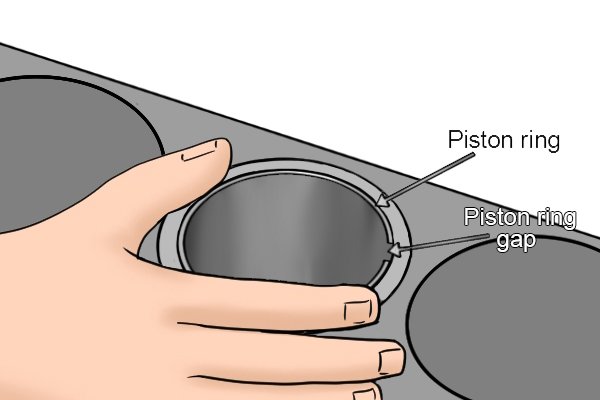How to set piston ring gaps
|
||||
|
|
||||
 |
Step 1 – Place piston ring in cylinderTo check the piston ring gap, remove piston ring from piston and place it in the cylinder (bore hole). |
|||
How to set piston ring gaps
|
||||
|
|
||||
 |
Step 1 – Place piston ring in cylinderTo check the piston ring gap, remove piston ring from piston and place it in the cylinder (bore hole). |
|||